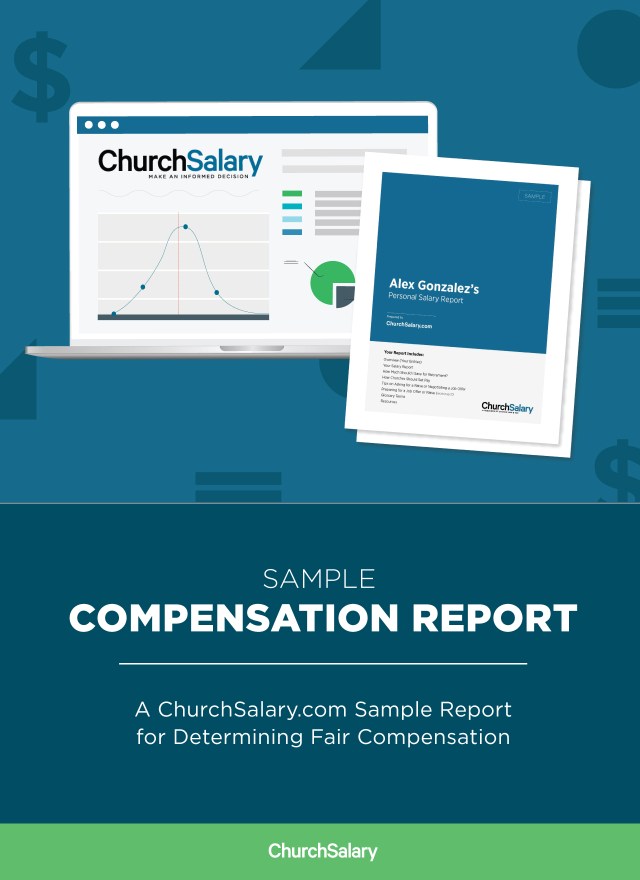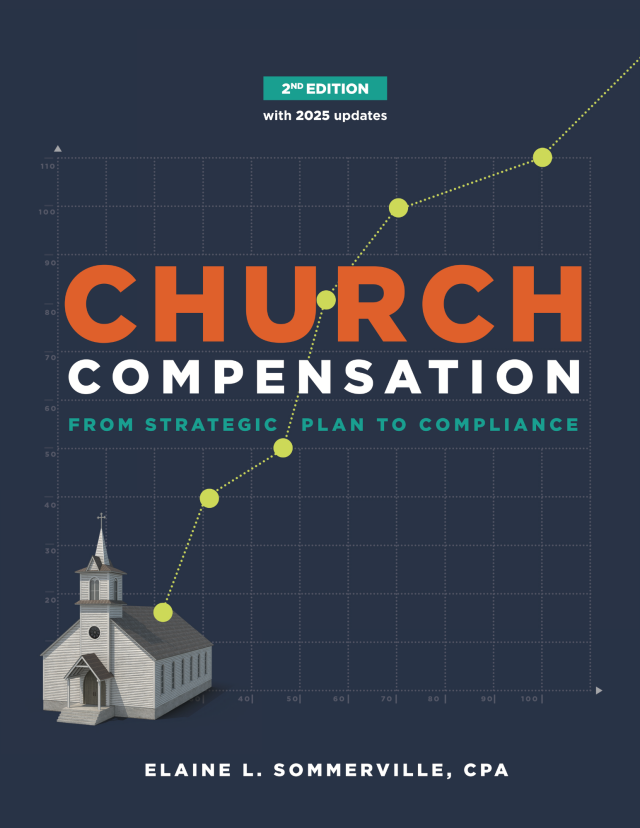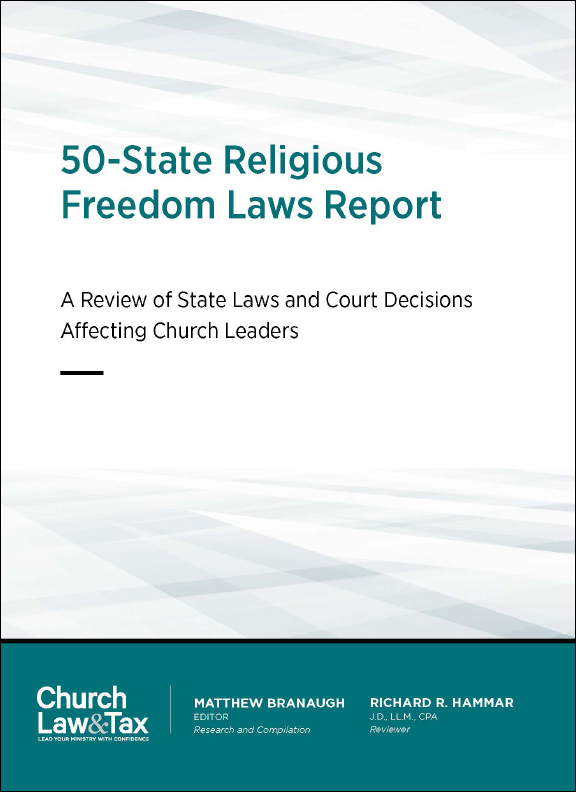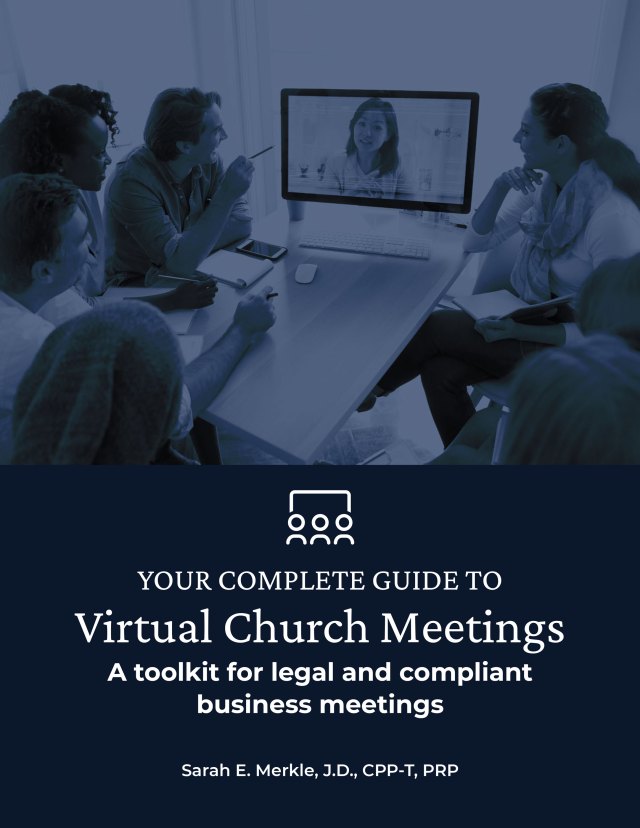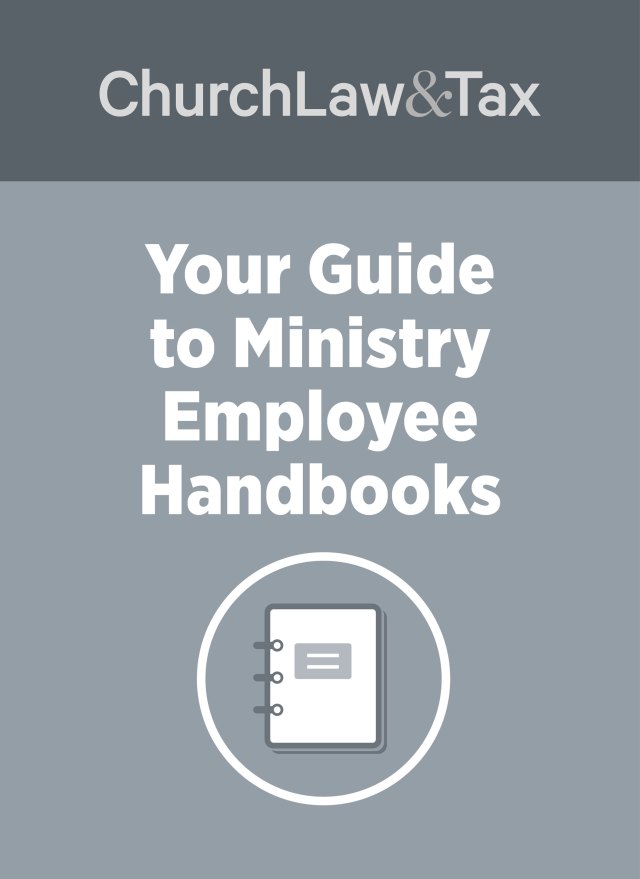Many ministries only think about succession planning if they have a senior leader near or past the standard retirement age. This thinking does not take into consideration any surprise transitions, lengthy absences, or the importance of many other leadership positions: all considerations that are important from a risk-management perspective.
A few years ago, I knew three ministries that all experienced a tragedy unexpectedly striking their senior leaders. Two of those leaders passed away suddenly, and one was diagnosed with an aggressive form of cancer. Each organization scrambled to find solutions, and some were better prepared than others. It was an eye-opening experience for me, as an outsider, to consider what should be learned from their difficulties.
For some denominationally-affiliated churches, there may be formal structures and procedures in place that must be followed for succession planning. (If in doubt, check with your denomination or governing authority first.) For churches without such a mandated structure, however, crafting a succession plan requires key considerations. For these churches, creating a succession plan requires the cooperation of the church’s governing board as well as the leaders whose roles are being considered. If the parties don’t understand the importance of this project, it is unlikely to get the support and attention required to make it successful.
Making a Plan: First Steps
Start by determining which roles are the most critical and therefore require contingency plans. This should certainly include the senior pastor, and depending on your church, it may also include associate pastors, the executive pastor, and the business administrator (as well as the school principal or other key ministry leaders).
After this is accomplished, make sure up-to-date job descriptions are available for each of those positions. The descriptions should include the required tasks and outcomes, desired education and experience, and necessary competencies.
Once you have considered “who,” you should look at “why.” An absence may be the result of any of the following:
- Death
- Serious illness or injury
- Moral failure
- Resignation
- Firing
The circumstances will change the response, such as whether the vacancy should be filled temporarily or permanently. There are also different factors to consider depending on whether the individual left willingly or under duress. Clear and effective communication with the congregation during this time will be critical, and these factors play a significant role in that task.
Establishing a Final Solution
The next step is to determine what the ultimate solution is—and what steps are necessary to get from where you are now to where you would like to be.
Having replacements on staff who are trained for the position they would assume is optimal. While that is often not the case, it should be considered in this planning process (and also when hiring for any new positions).
The goal is to identify the best candidates and then adequately prepare them for their future roles. Often employees desire to grow in their careers and seek to take on new challenges. Recognizing their leadership potential and intentionally investing in them will likely lead to more engaged staff as well as better candidates for succession.
A formal mentoring and coaching program can be a helpful tool in preparing future leaders. As senior leaders identify staff members who may play significant roles in the future of the church and may take over their positions someday, they should invest deliberate and thoughtfully planned time in those staff members. It is important to gain a clear understanding of what their strengths are and what areas they need to develop to be prepared to take on the added responsibility.
Such mentorships can help potential future leaders prepare both personally and professionally. A leadership position can take a toll on an individual’s personal life; preparing future leaders in advance would be a blessing. Professional help could involve coaching through opportunities as they arise, suggesting professional readings or conferences to attend, and promoting an awareness of how specific situations could be handled more effectively. This takes an investment of time by current leaders in your ministry, but if done consistently and intentionally, it will yield beneficial results long-term.
Don’t Wait to Get Started
As with any other policies or procedures, succession planning is not something you can do once and put on a shelf. You should revisit your policy periodically to ensure the strategy—including roles and plans—is up-to-date. Remember, too, that after a transition is made, the planning process needs to start again to consider the possibility of that individual’s eventual transition out.
You don’t want your leaders to think you are planning prematurely for their home-going, but you do want them to understand the vital role they play and the impact their departure will have on the ministry. Those who desire to finish well or even leave a lasting legacy should be supportive of this process and appreciate its importance.
Rather than waiting for the perfect time or the perfect solution, get started now! Don’t delay any longer, and do make sure you are documenting the process as you go, so nothing gets lost through communication channels, committees, meetings, or the passage of time.
For more information on employment and staff transitions, see the articles “What to Do with a New Hire” and “Reviewing Your Church’s Employment Policies and Practices.”

